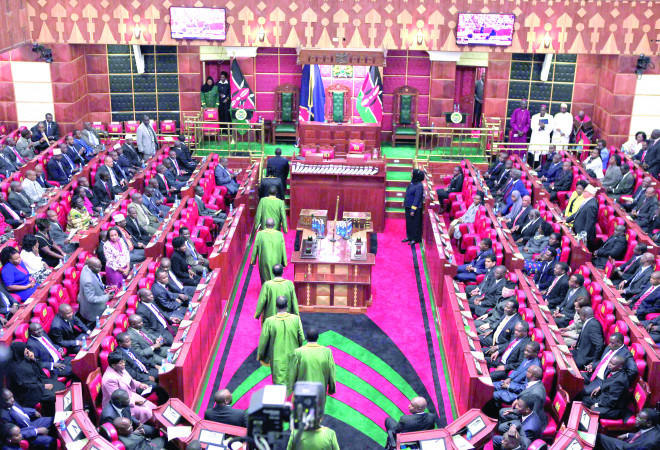Rising cost of building to hurt Big 4 Agenda

Government’s efforts to spur growth in the housing construction sector could come a cropper as the Russian invasion of Ukraine crisis persists. Meant to fast-track efforts for more Kenyans to own a home, the housing sector was among the key pillars of President Uhuru Kenyatta’s Big Four Agenda.
Food security, affordable housing, universal health care and manufacturing form the agenda’s square. With the cost of building materials such as cement skyrocketing, policy makers in government must revisit their approach because the latest developments will impact the construction sector.
Since last month when the eastern Europe crisis started, the cost of steel has moved up by around $35 per tonne on the international market, and is projected to rise further.
A recent rise in prices of sulfate-grade titanium dioxide; a key raw material for production of premium paint, has also been cited as a key causative factor for the increase in cost of paint products in recent times.
Industry data has revealed that the global price of titanium dioxide has gone up by 46 per cent since November 2021 with the same being attributed to declining supply and increased demand.
It is projected that the cost of steel will continue to go up given there is no end in sight to the Russian invasion of Ukraine. Developers and professionals alike will take a wait-and-see approach as the trend is expected to continue for the better part of 2022, amplified by the heightened political activity and election-related uncertainty gripping Kenya.
It must be remembered that it is the construction sector which held the economy when other sectors faltered during the peak of the Covid-19 pandemic. As other sectors recover, the construction sector remains a key driver of economic growth. Before the sector stalls therefore, it is critical to find policy solutions to the new challenges.
Granted, some of these factors are beyond the government’s control, it could however, help to an extent if the state officials speeded up the process of reforming the steel sector.
The Covid-19 economic shocks saw several steel and cement manufacturing companies reduce their production capacity due to declining sales and low demand. The lull saw some suppliers source certain raw materials from as far as China, resulting in a rise in prices.
These factors and others that inform a surge in the cost of construction must be addressed, including price collusions among unscrupulous traders.










